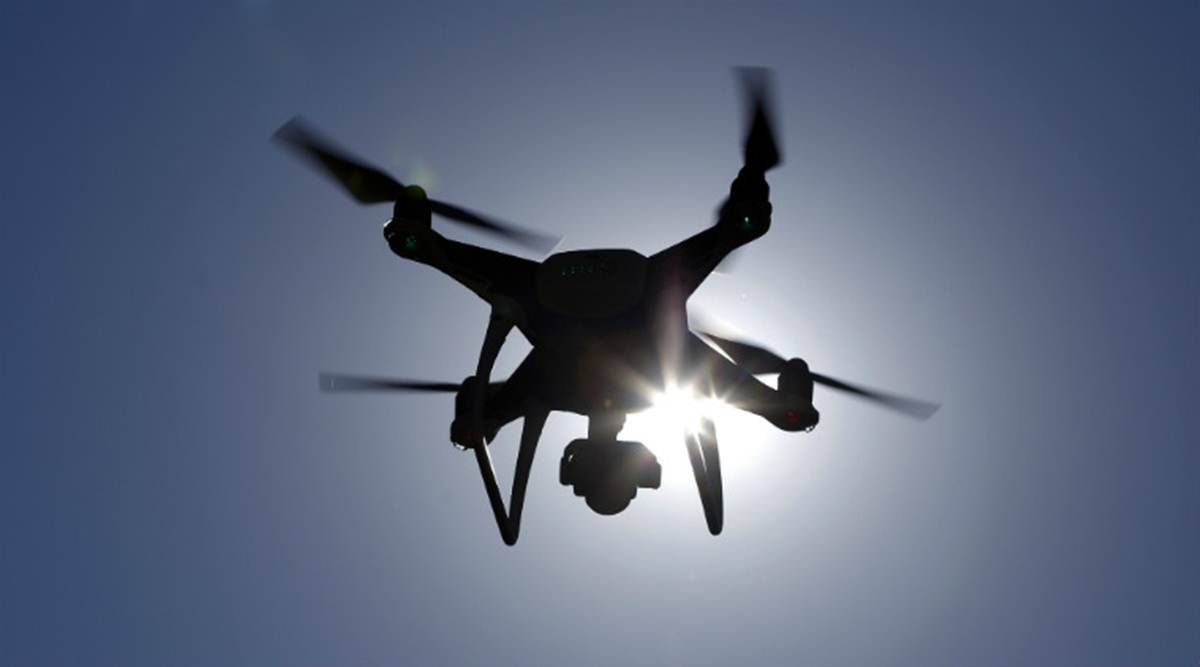NEW DELHI: Indian Railways has introduced drone technology to strengthen railway security and act as a force multiplier.
Mumbai Division of Central Railway in Indian Railways has recently procured two Ninja UAVs for better security and surveillance in Railway areas like station premises, track sections, yards, and workshops.
A team of four staff of Railway Protection Force (RPF), Mumbai, has been trained for drone flying, surveillance and maintenance.
Drone surveillance technology, which has emerged as an important and cost-effective tool for security surveillance over large areas with limited manpower, are capable of real-time tracking, video streaming and may be operated on Automatic Fail Safe Mode.
In fact, impressed by the technology, Railway Protection Force (RPF) has acquired nine drones at a cost of Rs 31.87 lakh at South Eastern Railway, Central Railway, Modern Coaching Factory, Rae Bareli and South Western Railway.
Further, 17 more drones are proposed to be acquired in future at a cost of Rs 97.52 lakh. Nineteen RPF personnel have so far been trained in operation and maintenance of drones out of which four have received licenses for flying drones. Six more RPF personnel are being trained.
Drone deployment will aid the effectiveness of the security personnel deployed, helping in the inspection of Railway assets and safety of yards, workshops, and car sheds besides launching surveillance on criminal and anti-social activities like gambling, throwing of garbage, hawking etc in Railway premises. It may be deployed for data collection Analysis of such data collected may prove to be extremely useful in vulnerable sections for safe operations of trains.
The drone may be pressed in service at disaster sites for helping in rescue, recovery and restoration and coordinating of efforts of various agencies. It is useful while undertaking mapping of railway asset to assess the encroachments on railway property. During large-scale crowd management efforts, it may give vital inputs like crowd magnitude, probable time of arrival and dispersal based on which crowd regulation efforts may be planned and executed.
Drones were used to enforce lockdown and monitor the movement of migrants during the COVID-19 lockdown.
A drone camera can cover a large area which requires 8-10 RPF personnel. Thus, it may lead to substantial improvement in utilisation of scarce manpower. Drone beats have been designed based on railway asset, the sensitivity of the area, and the activity of criminals.
Drone acts as the pro erbial “eye in the sky” and can monitor the whole area. Any suspicious activity noticed is intimated to the nearest RPF post of division to apprehend the criminal life. One such criminal was apprehended on a real-time basis in Wadibunder Yard area while he was trying to commit theft inside railway coach stationed in the yard.
(AGENCIES)
Trending Now
E-Paper


